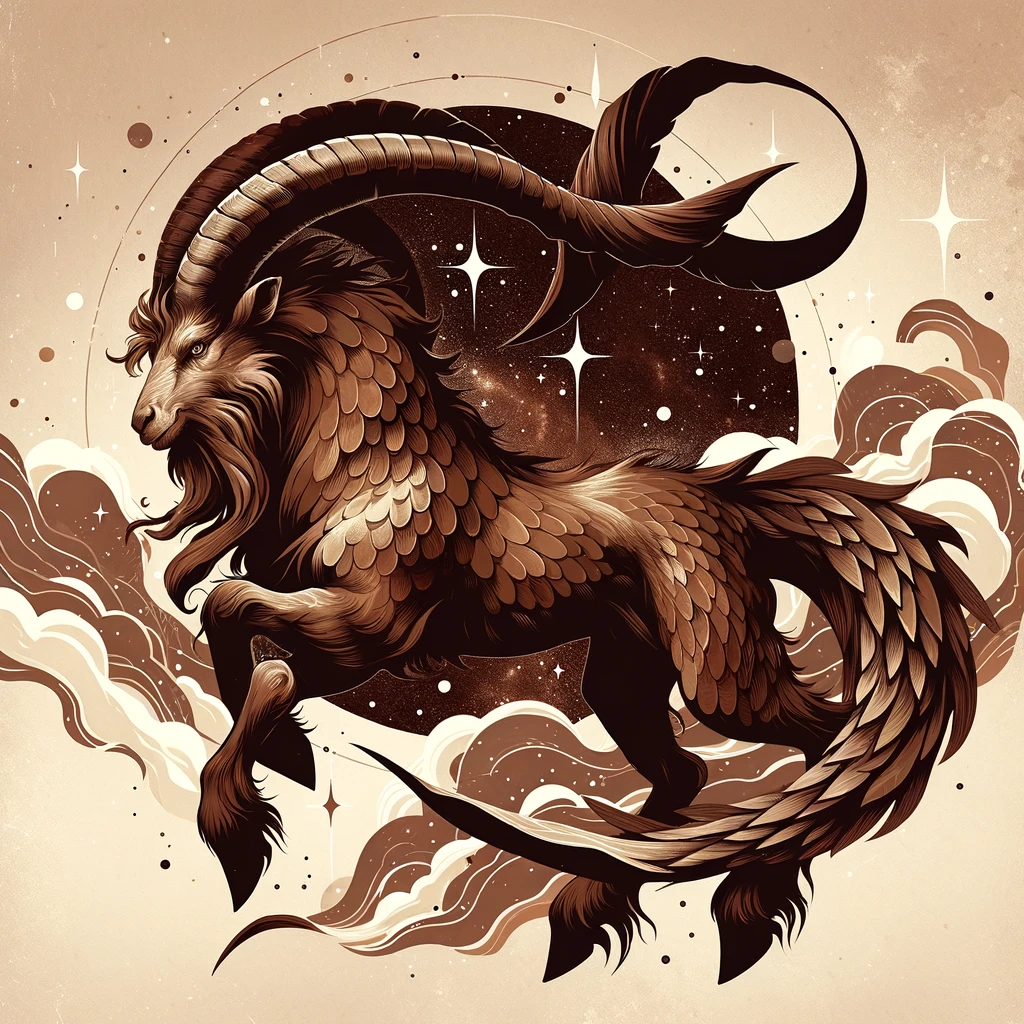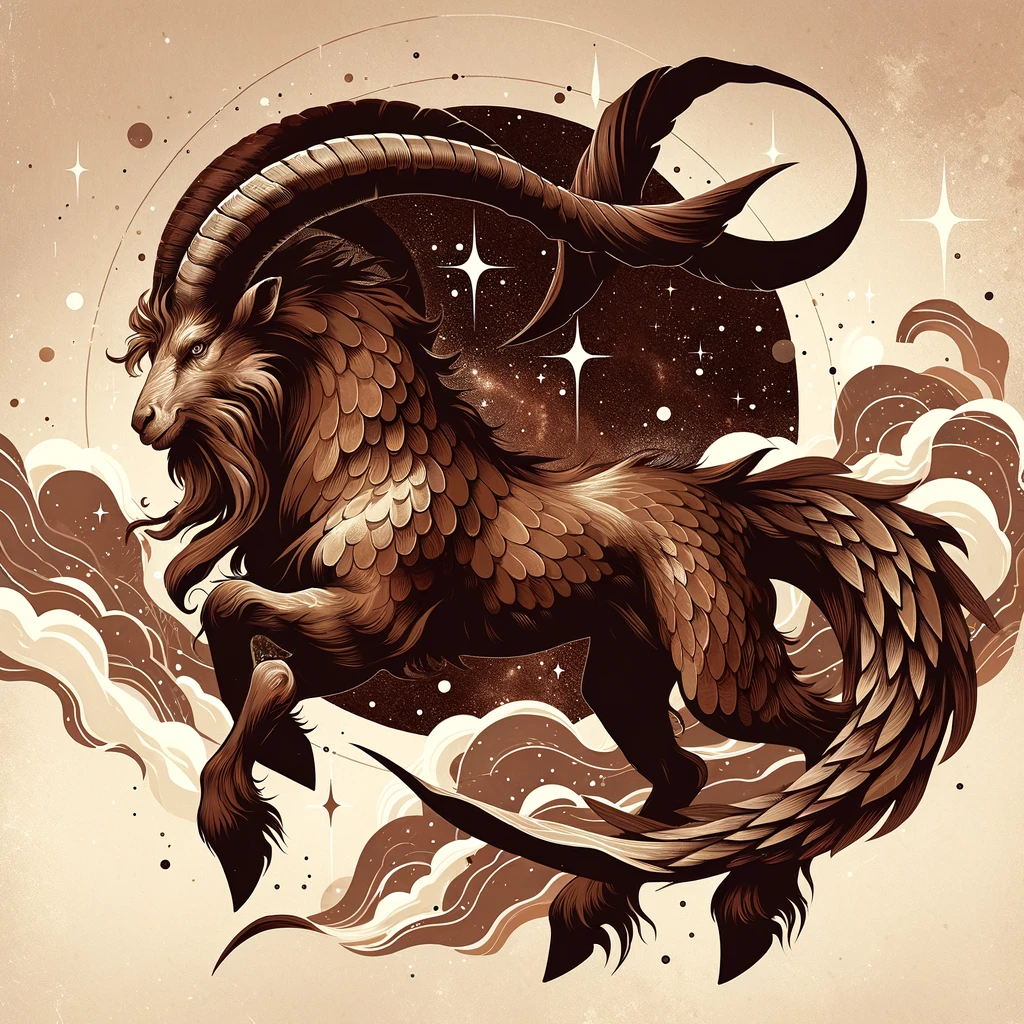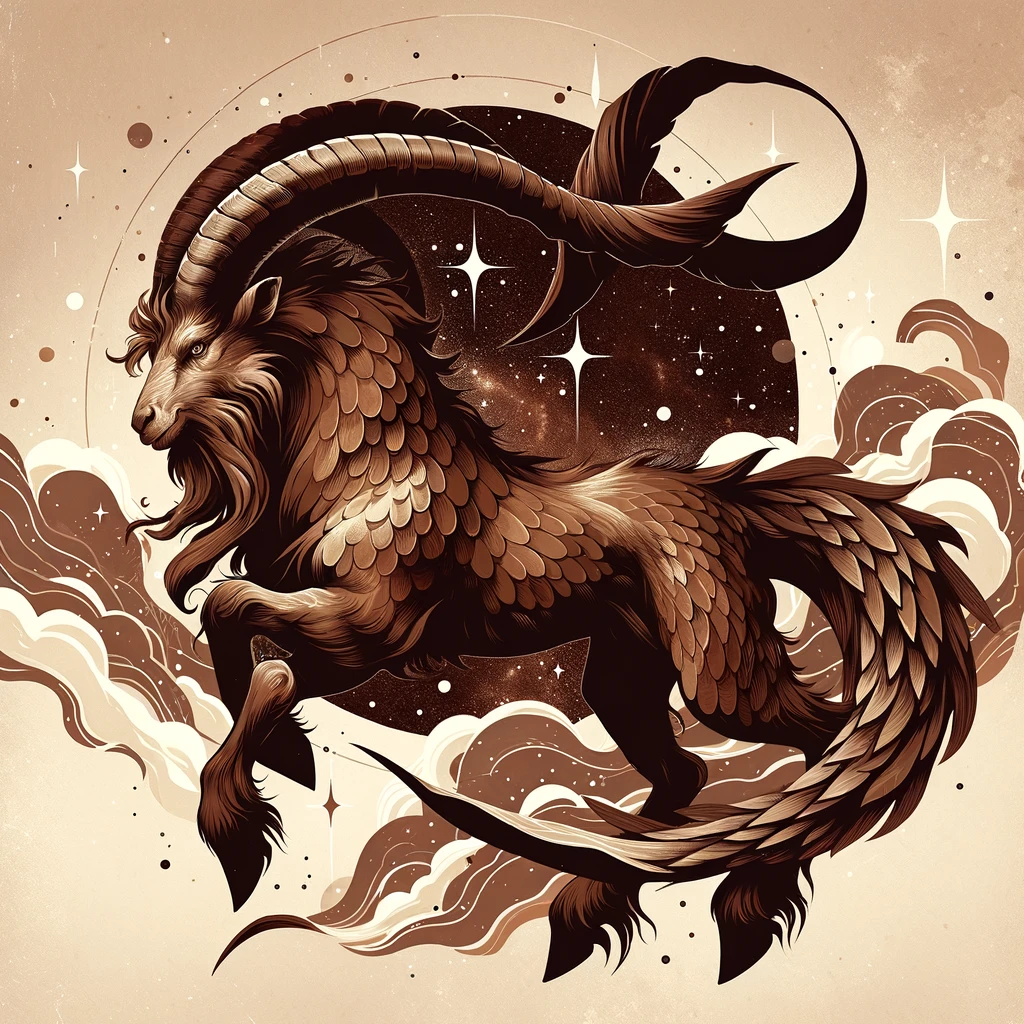January has a special significance in the calendar year, making it a month of transition, reflection, and new beginnings.
Beginning of the Year
January is the first month of the year in the Gregorian and Julian calendars. This makes it a time for new beginnings, setting resolutions, and reflecting on the past year.
Named After Janus
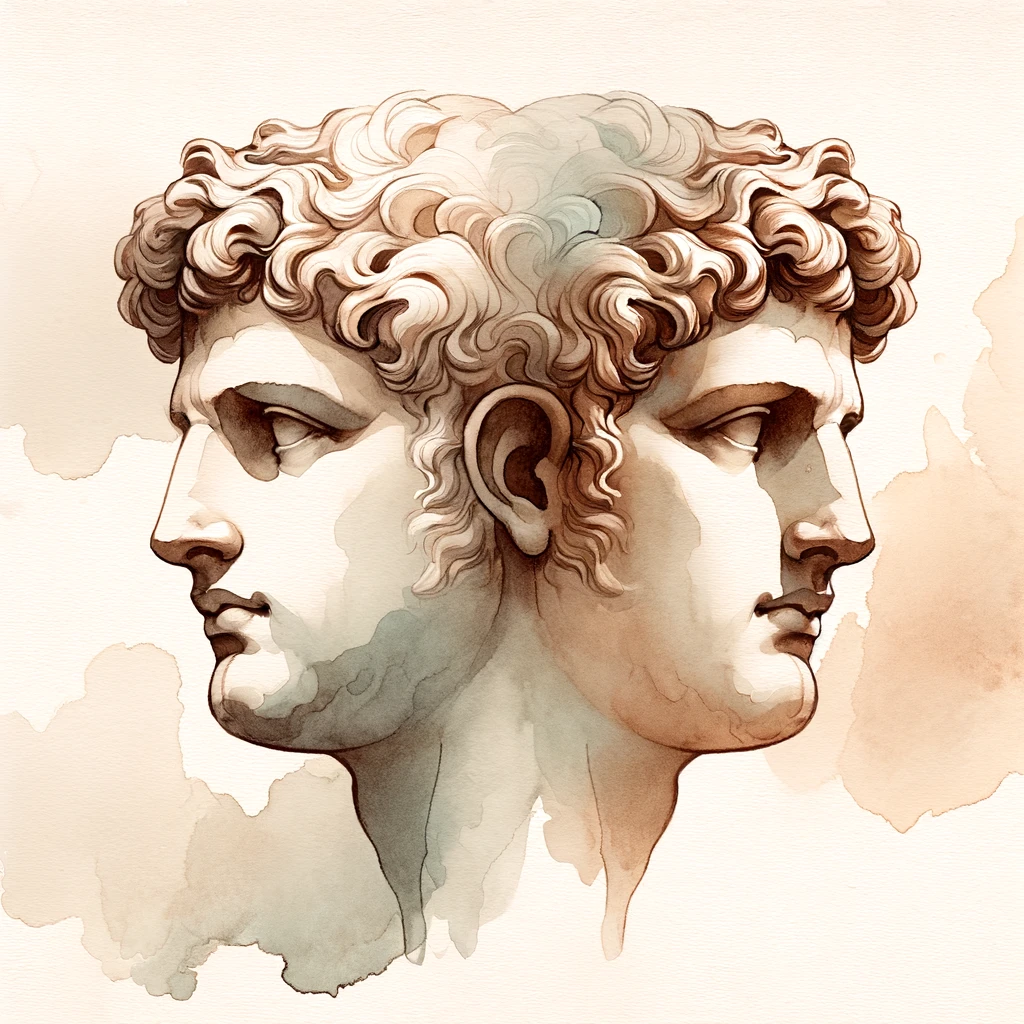
The month of January is named after Janus, the Roman god of doors and gates. Janus had two faces, one looking forward and the other backward, symbolizing his ability to see both the future and the past. This symbolism is fitting for the start of a new year.
Seasonal Significance
In the Northern Hemisphere, January is typically the coldest month of the year, characterized by winter conditions, snow and shorter days.
In the Southern Hemisphere, it is the peak of summer with long, warm days and often a time for vacations and outdoor activities.
Important Dates and Observances

January 1st is celebrated as New Year's Day, a public holiday in many countries.
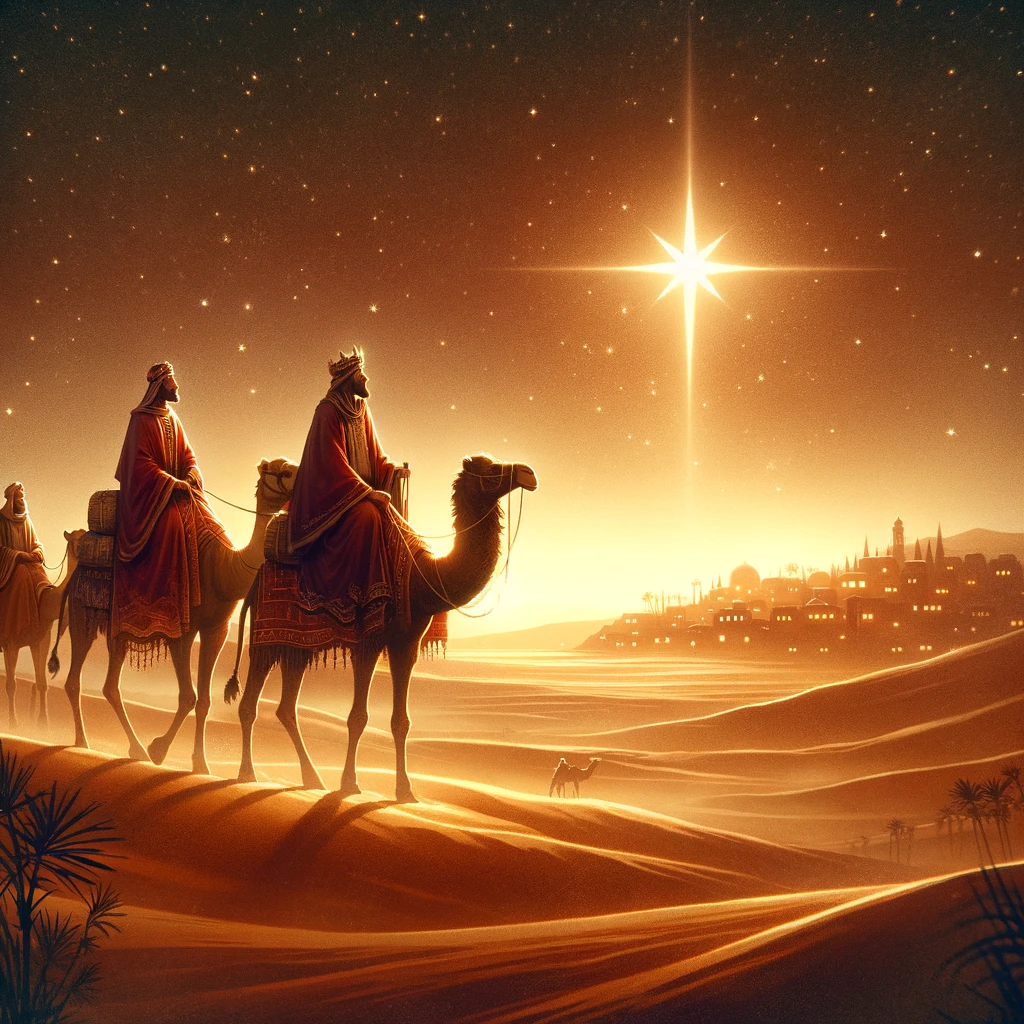
In some cultures, January 6th is celebrated as Epiphany, commemorating the visit of the Magi to the infant Jesus.

Martin Luther King Jr. Day is observed on the third Monday of January in the United States to honor the civil rights leader.
Birthstone
The birthstone for January is the garnet, symbolizing constancy.

GARNET
Flower
The traditional birth flower in January is the carnation or snowdrop.

CARNATION
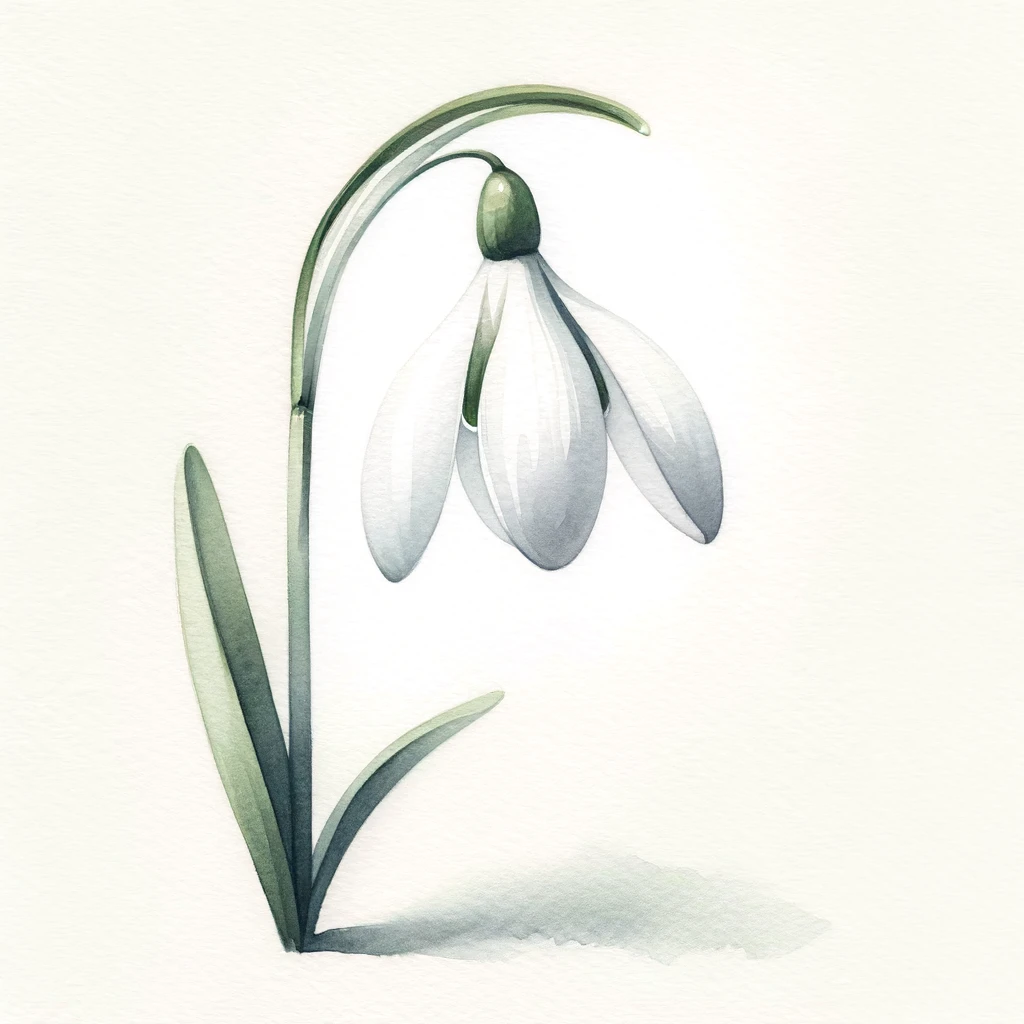
SNOWDROP
Health and Wellness Focus
Many people use January as a month to start health and wellness resolutions, like diets, exercise routines, or mindfulness practices.


January has a special significance in the calendar year, making it a month of transition, reflection, and new beginnings.
Beginning of the Year
January is the first month of the year in the Gregorian and Julian calendars. This makes it a time for new beginnings, setting resolutions, and reflecting on the past year.
Named After Janus
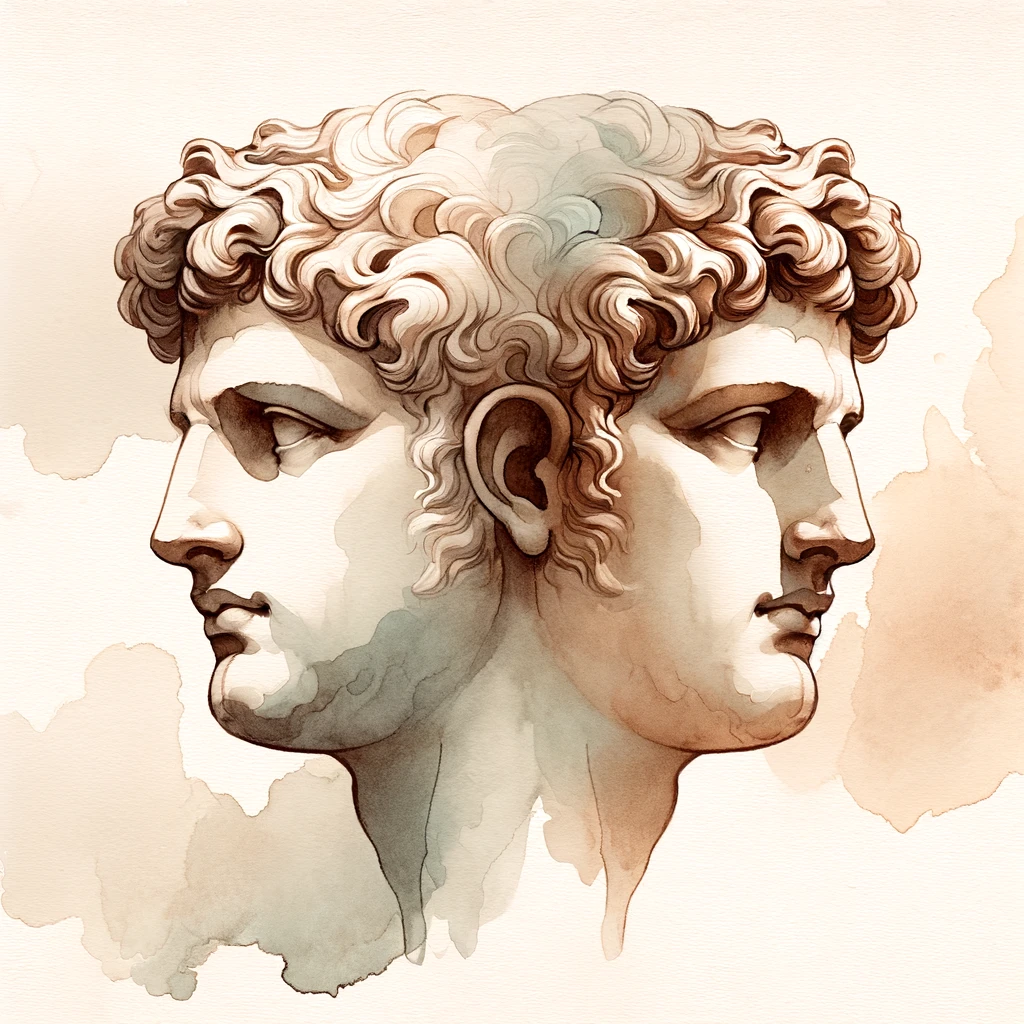
The month of January is named after Janus, the Roman god of doors and gates. Janus had two faces, one looking forward and the other backward, symbolizing his ability to see both the future and the past. This symbolism is fitting for the start of a new year.
Seasonal Significance
In the Northern Hemisphere, January is typically the coldest month of the year, characterized by winter conditions, snow and shorter days.
In the Southern Hemisphere, it is the peak of summer with long, warm days and often a time for vacations and outdoor activities.
Important Dates and Observances

January 1st is celebrated as New Year's Day, a public holiday in many countries.
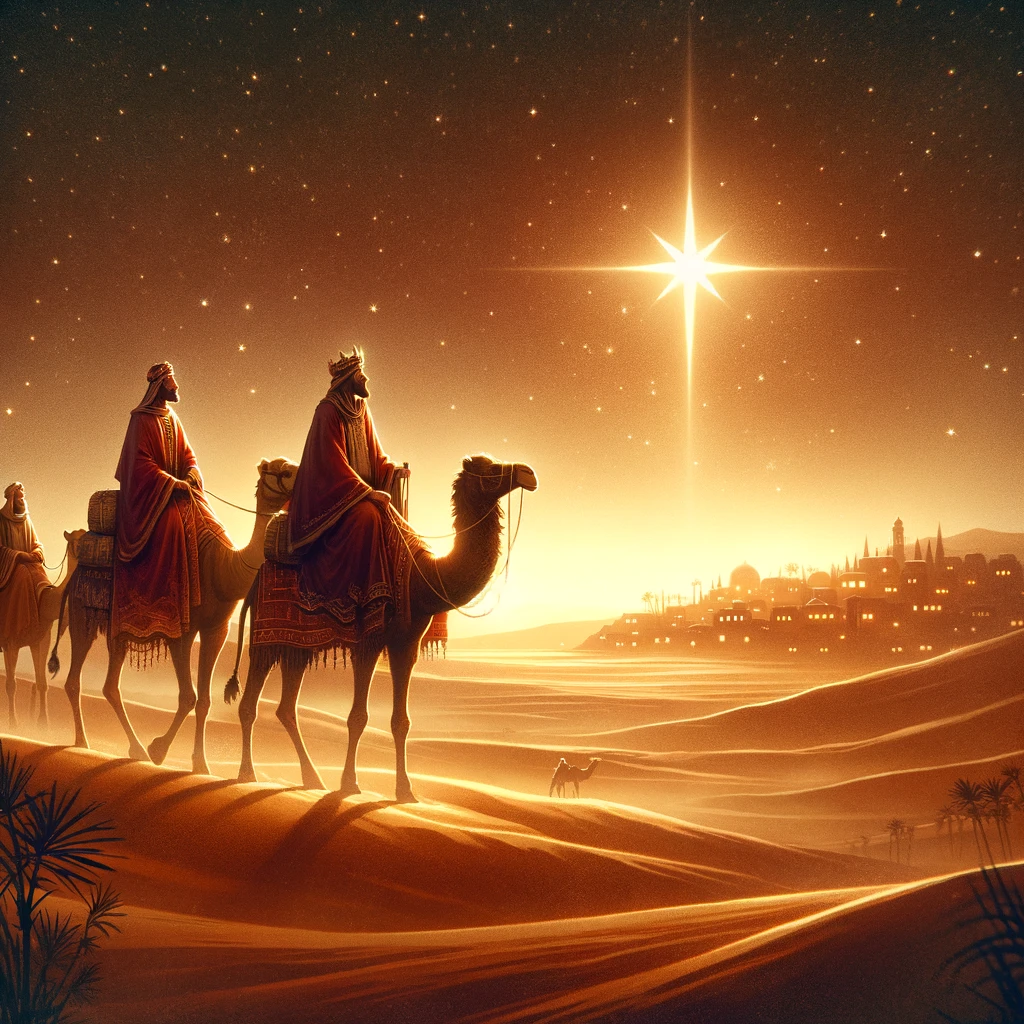
In some cultures, January 6th is celebrated as Epiphany, commemorating the visit of the Magi to the infant Jesus.

Martin Luther King Jr. Day is observed on the third Monday of January in the United States to honor the civil rights leader.
Birthstone
The birthstone for January is the garnet, symbolizing constancy.

GARNET
Flower
The traditional birth flower in January is the carnation or snowdrop.
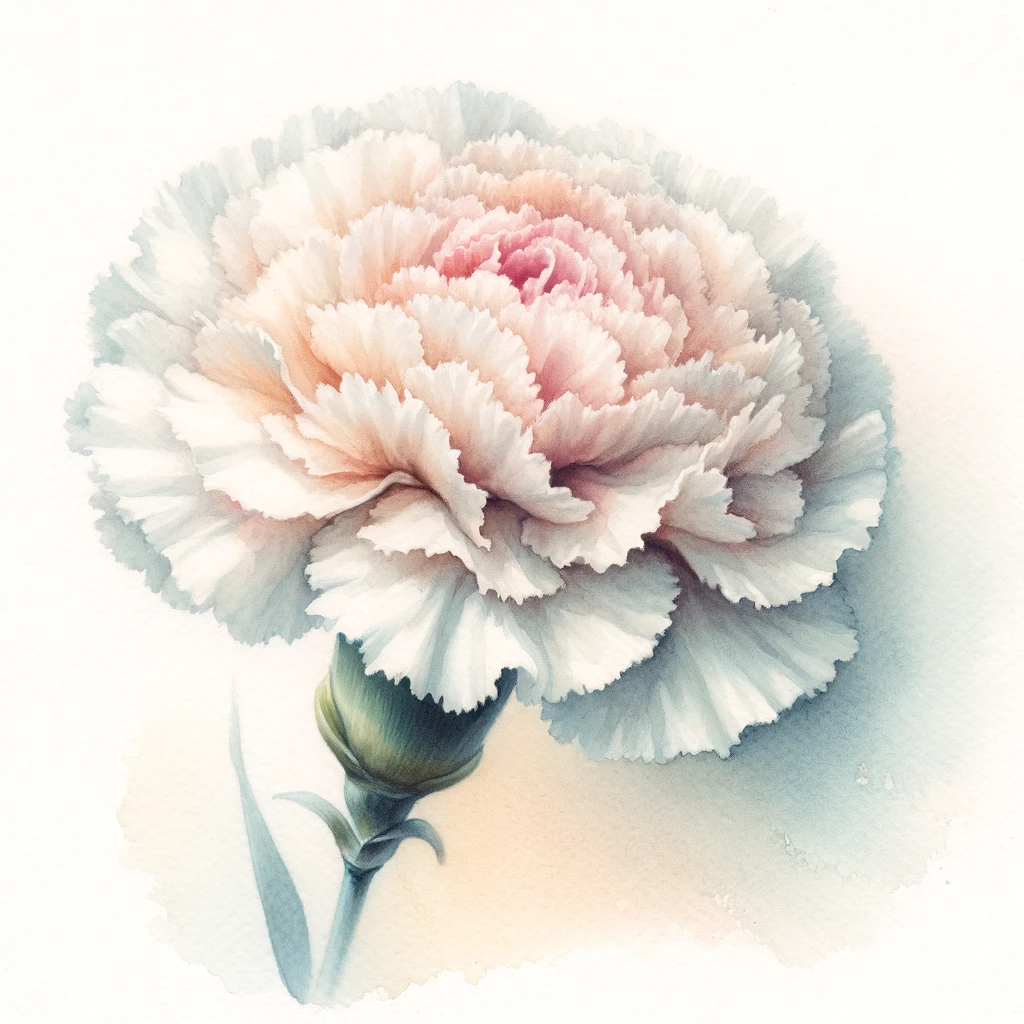
CARNATION
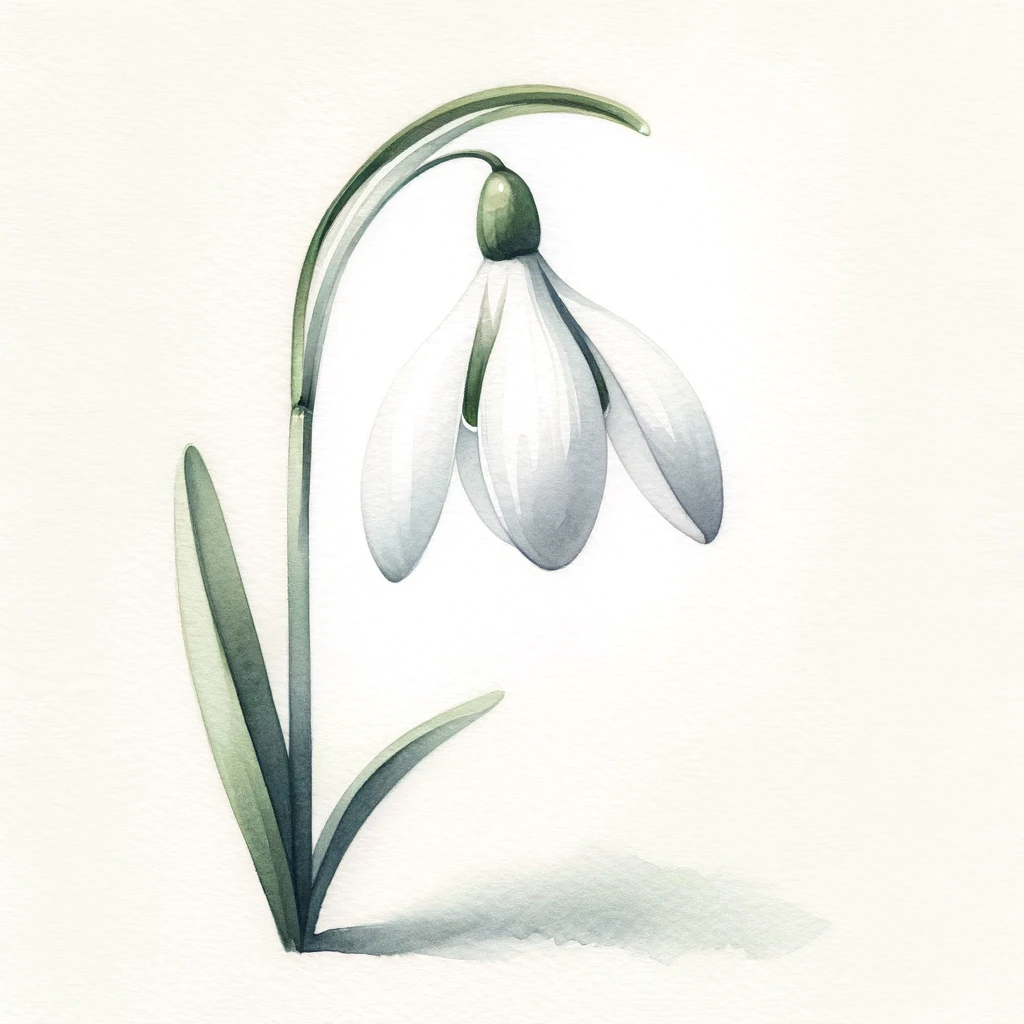
SNOWDROP
Health and Wellness Focus
Many people use January as a month to start health and wellness resolutions, like diets, exercise routines, or mindfulness practices.


January has a special significance in the calendar year, making it a month of transition, reflection, and new beginnings.
Beginning of the Year
January is the first month of the year in the Gregorian and Julian calendars. This makes it a time for new beginnings, setting resolutions, and reflecting on the past year.
Named After Janus
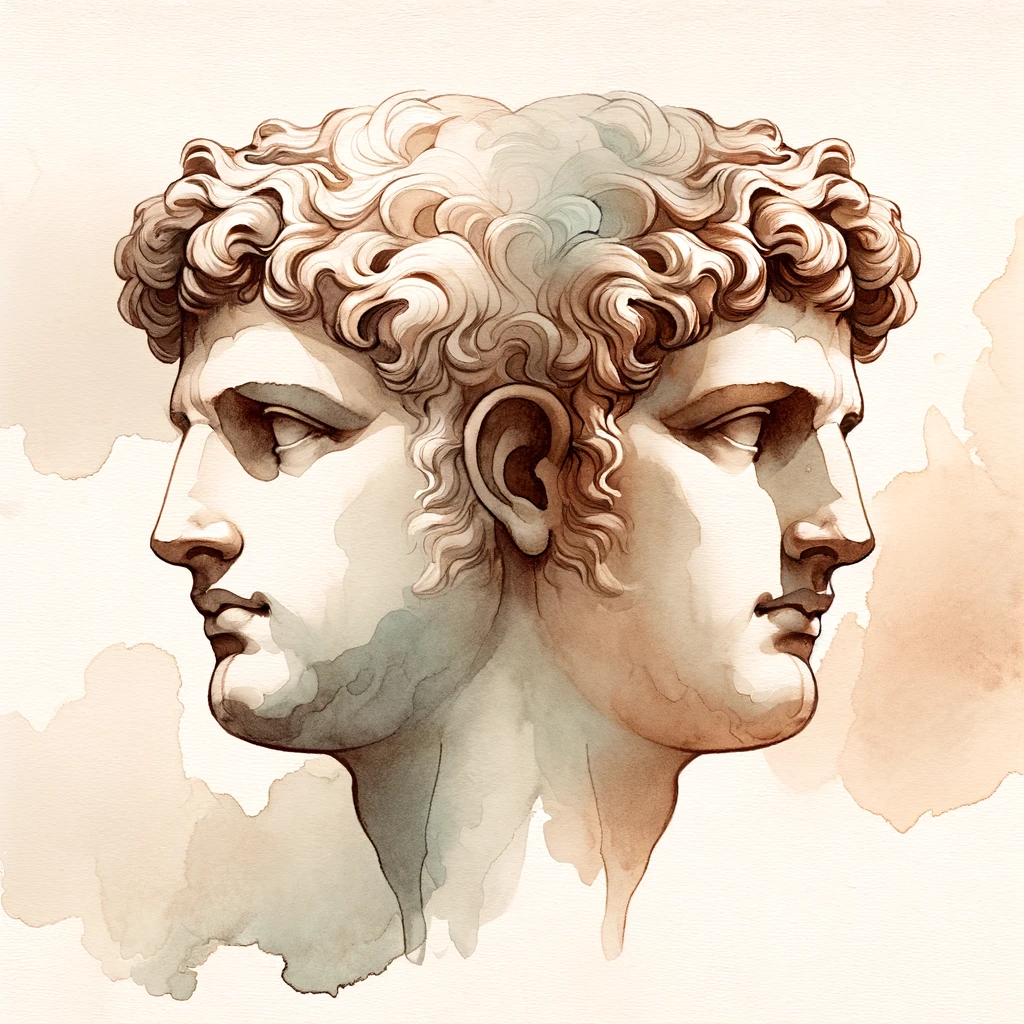
The month of January is named after Janus, the Roman god of doors and gates. Janus had two faces, one looking forward and the other backward, symbolizing his ability to see both the future and the past. This symbolism is fitting for the start of a new year.
Seasonal Significance
In the Northern Hemisphere, January is typically the coldest month of the year, characterized by winter conditions, snow and shorter days.
In the Southern Hemisphere, it is the peak of summer with long, warm days and often a time for vacations and outdoor activities.
Important Dates and Observances

January 1st is celebrated as New Year's Day, a public holiday in many countries.
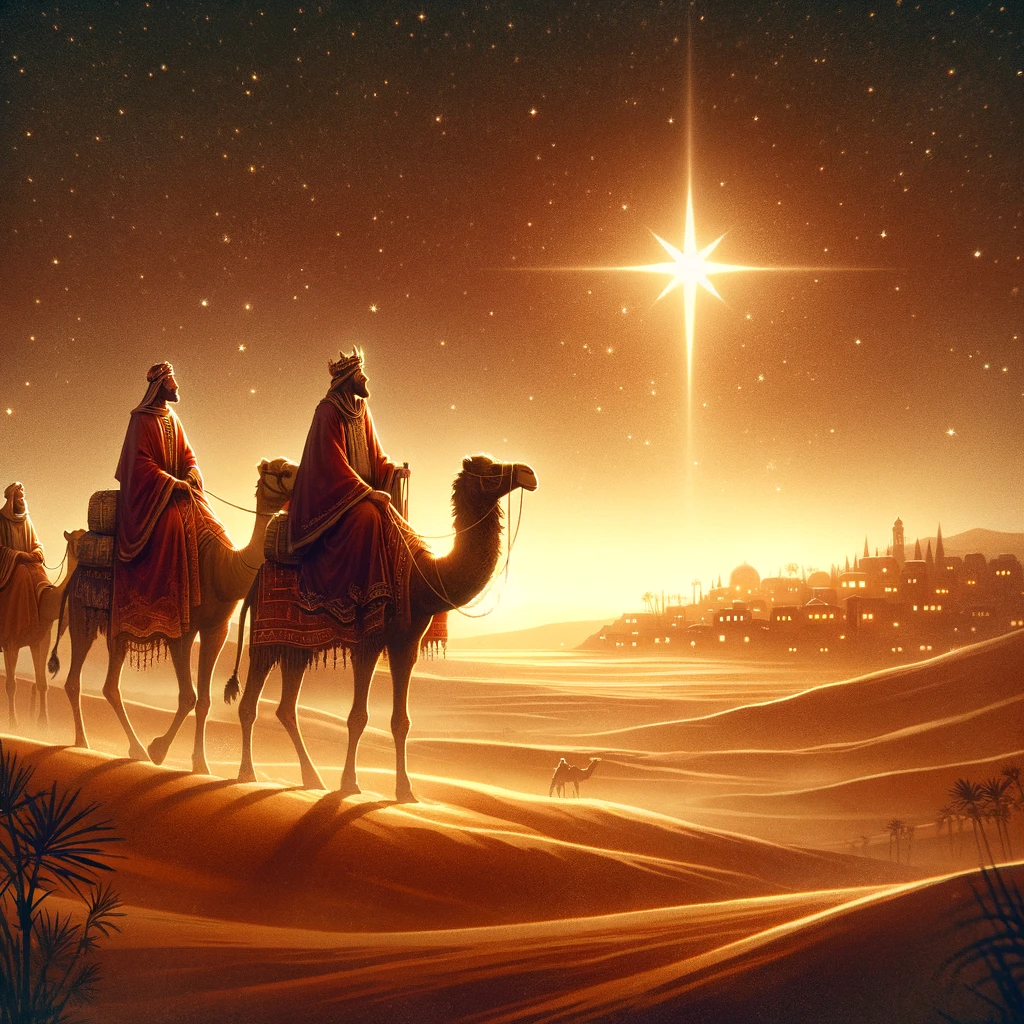
In some cultures, January 6th is celebrated as Epiphany, commemorating the visit of the Magi to the infant Jesus.

Martin Luther King Jr. Day is observed on the third Monday of January in the United States to honor the civil rights leader.
Birthstone
The birthstone for January is the garnet, symbolizing constancy.

GARNET
Flower
The traditional birth flower in January is the carnation or snowdrop.
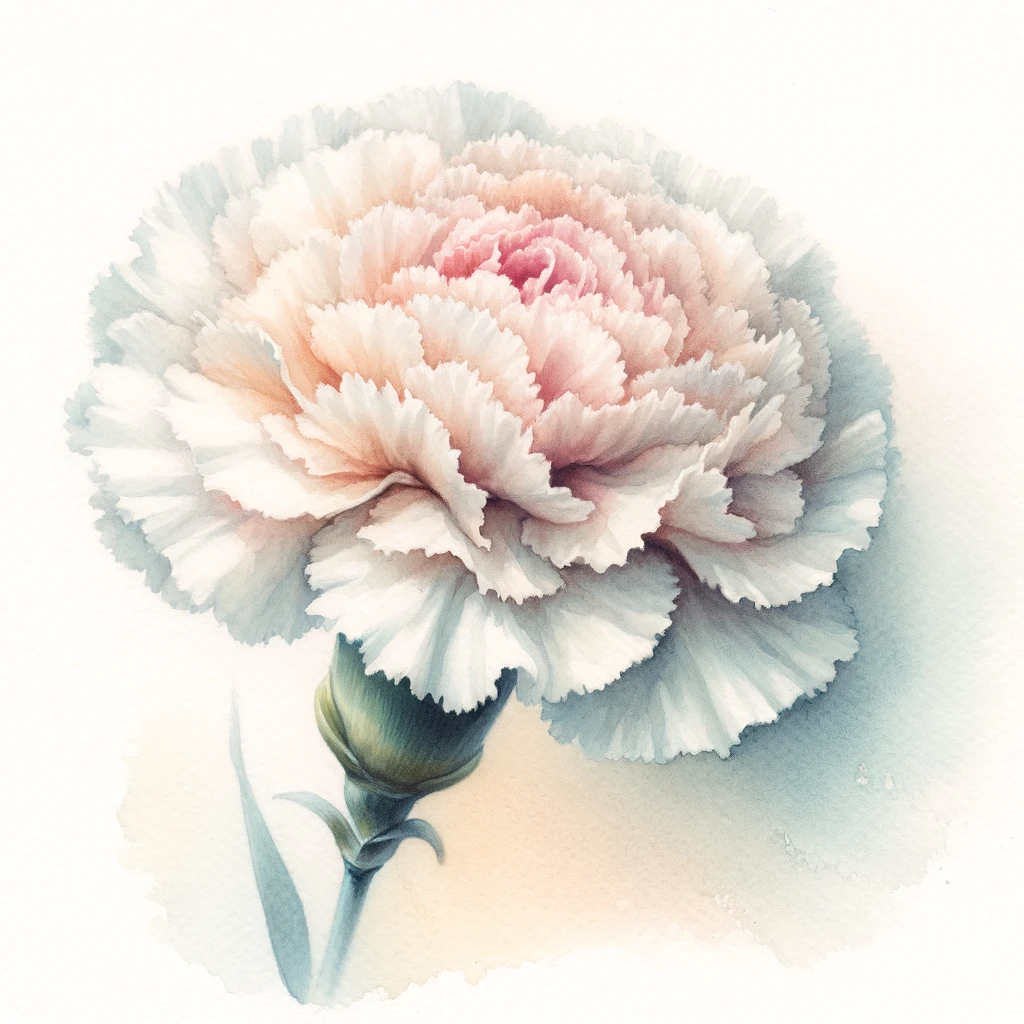
CARNATION
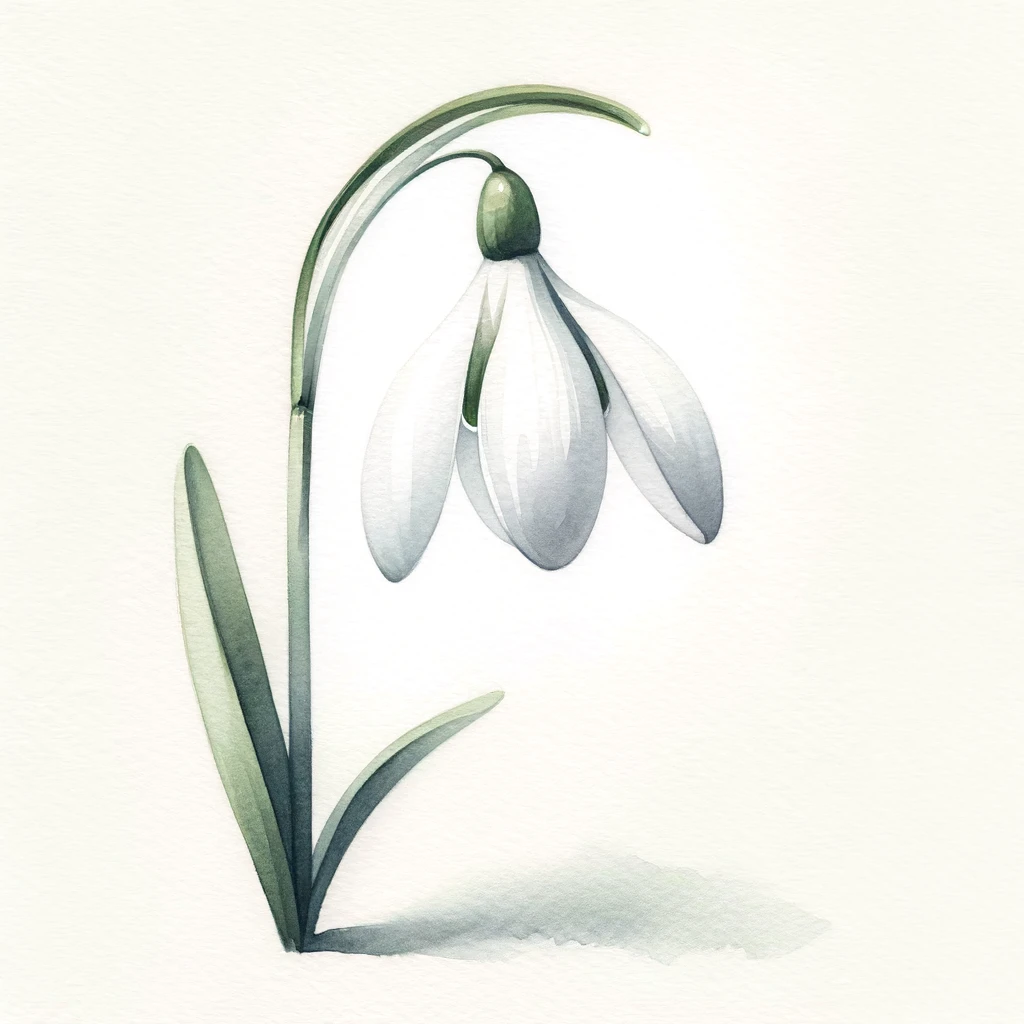
SNOWDROP
Health and Wellness Focus
Many people use January as a month to start health and wellness resolutions, like diets, exercise routines, or mindfulness practices.




